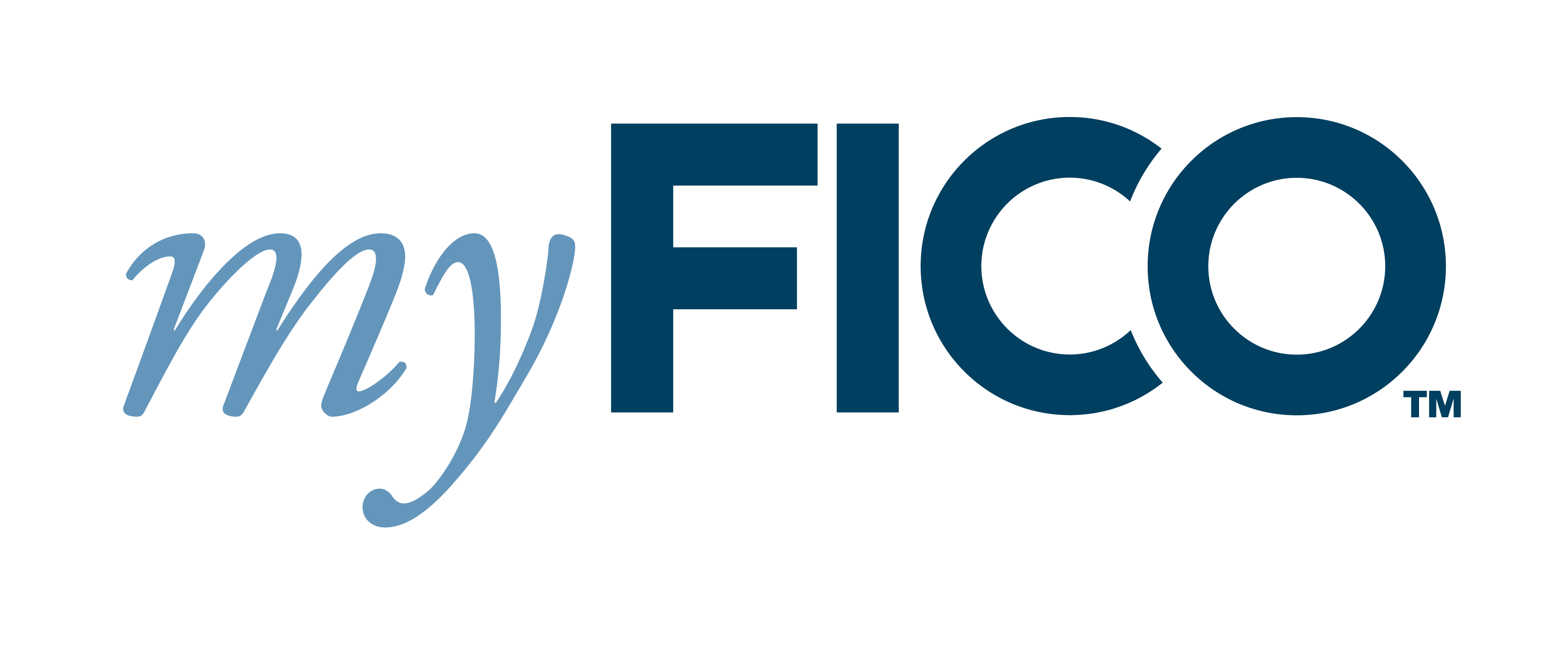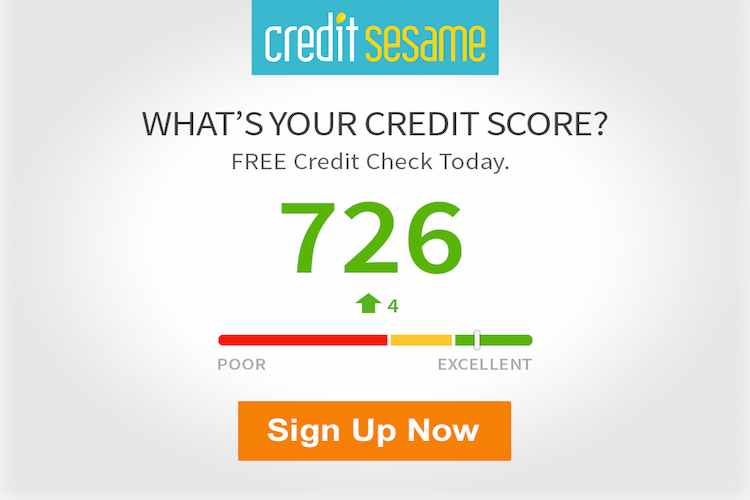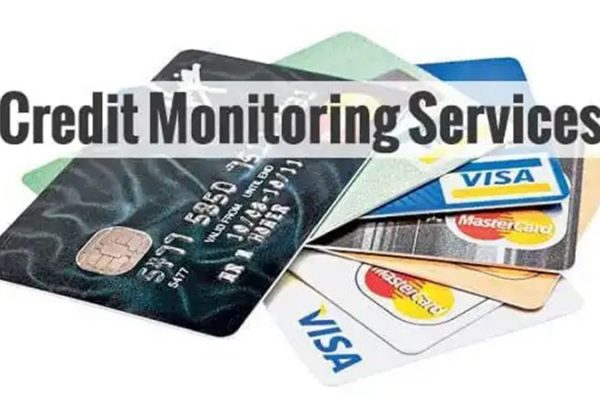By now you are aware that your Credit Score determines everything from getting approved for a credit card to the interest rate you will get on a car or mortgage-or whether you will get a loan at all. In September 2018 a study showed that the Average FICO credit score hit an all-time high. For the first time, the average credit score has reached a high of 704 according to FICO. Even with this GREAT NEWS, there are still more than 20% of consumers who still have what is considered a “BAD SCORE”-less than a 600 FICO score.
If your one of the 20% here is a list of my TOP 7 Fastest Credit Boosting Tips
1. Clean Up The Misinformation On Your Credit Report.
The first thing you should do is get your TRUE CREDIT SCORE (FICO). This report will provide you with the same Credit and Credit Scores that your Lender will use when making a credit decision. My choice for this is MyFICO. It will cost you less than $50 but will provide you with:
- Trans Union
- Equifax
- TransUnion:
*All Versions and variations (Mortgage, Car, Insurance & Credit Card Scores)
Now that you have every variation of your FICO Score you need to take time and examine the report in great detail to spot any errors or misinformation. One out of five people has misinformation on their credit that is the cause of a reduced Credit Score. If and when you do spot any inaccuracies on your report there are tools to help you dispute these inaccuracies.
2. Pay Down Your Balances to less than 30% of your High Credit Limit.
Credit utilization accounts for 30% of your Credit Score and according to Experian its best to have a utilization rate of less than 30%. Utilization rate is calculated by dividing your current balance by the High Credit Balance on your account. For Example, if you have a credit card with a $10,000 high credit limit and have a balance of $5,000 you would have a 50% ($5,000 / $10,000) utilization rate. In this example, by paying down your balance to $3,000 or less you will increase your credit score. Unfortunately, the exact increase in your score is unknown.
3. Make Multiple Payments Per Month:
You may think that paying off your credit card in full each month is the BEST thing you can do for your credit score. Think Again: The issue with this is that creditors only report to the credit agencies once a month. Let’s say that you use your credit card for everything from gas to groceries and even some of your monthly utility bills, in an effort to max out your rewards. Once your statement comes in you pay the balance in FULL. The credit card company reported you to the agencies and your $2,000 credit limit is at full capacity. Your utilization rate is now at 100%, therefore, lowering your credit score. By making a payment halfway through the month and then again once your statement comes in you can reduce your utilization rate down to 50% resulting in a HIGHER Credit Score.
4. Increase Your Credit Limits:
This is the #1 thing I advise every one of, my clients if we have any issues with their Credit Score. Its the Fastest and easiest way to increase your credit score. Let’s say you have a credit card with a $250 credit limit. You charge a few things and max out the card. At this point, you are at a 100% utilization rate. By calling your creditor and ask for an increase on your account to $1000 you automatically reduced your utilization rate from 100% to 25%. FAST & EASY!
5. Open A New Account:
In the event that your creditor will NOT Increase your credit limit (ABOVE) apply for another card. This will help with your utilization rate because the rate is factored on all your account balances. Another recommendation is a balance transfer: If you owe $2500 on a card with a high credit limit of $2500. You’re at a 100% utilization rate. A balance transfer of $1250 to the new card will reduce your utilization rate. assuming your new account has a high credit limit of at least $2500.
6. Collections:
This is an area that I see the most damage to my client’s credit scores. Logic would say that if you have an account in collections and pay it off you would see an increase in your credit score. Not so fast: You need to pay attention to the “Last Active Date” that shows on your TRUE CREDIT REPORT. If the Last Active Date is over 2 years old DO NOT PAY IT! The reason for this is your credit agency is reading the date that shows as being the LAST ACTIVE.
Example: If you have a collection account from 2010 and you owe $500. The credit agency scoring is reading this as a collection from 2010. However, if you pay off the account today, the credit agency scoring will now read this as you have a recent collection. The best advice I can give on this matter is to negotiate with the creditor and try to settle on an amount that they will accept and REMOVE the account from your credit. If they are not willing to REMOVE then I would suggest focusing on other accounts that you have in collections or paying down high utilization rate accounts.
7. Authorized User:
This is my #2 Favorite quick Credit Score boost technique. Finding the person to do this for you may be a challenge but when pleasing your case you may want to advise them that you’re not looking to have access to their credit account. The person doesn’t even have to issue you a card of your own, they just need to add you to their account. Their credit profile will reflect in your Credit Score. So make sure to pick the right person for this. They need to add you to an account that has a perfect pay history with a low utilization rate.





